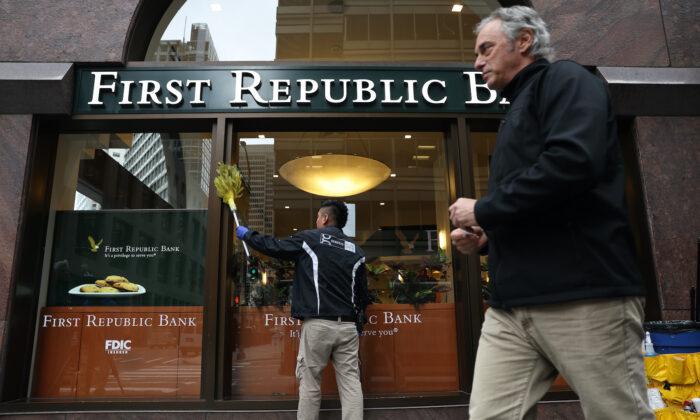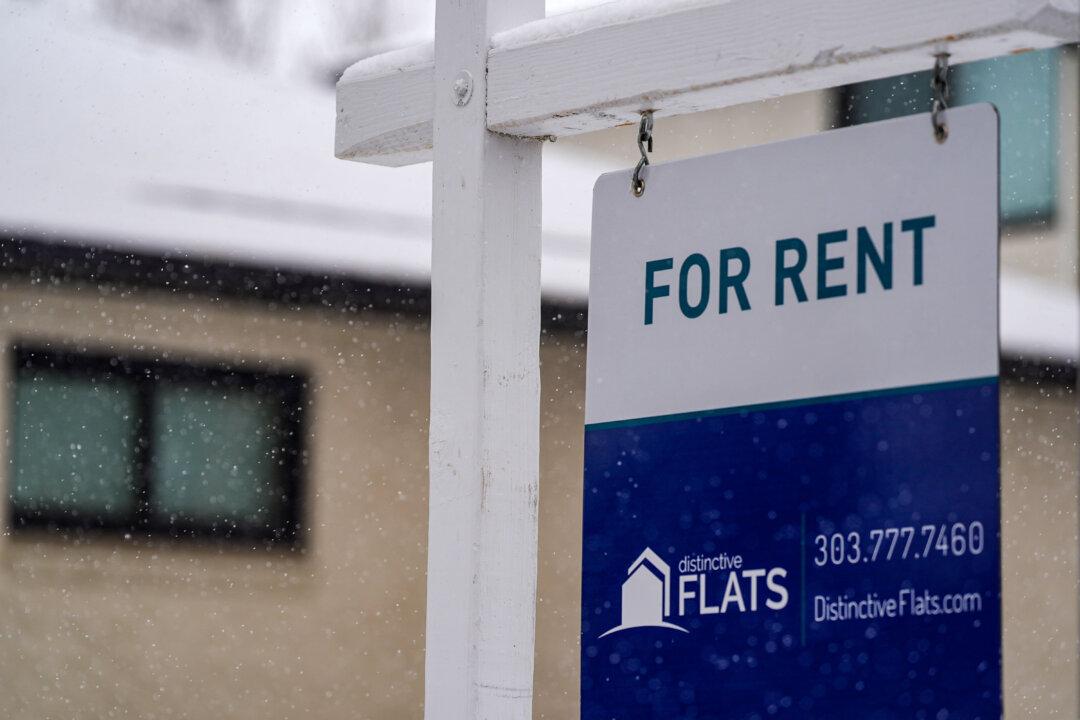Nearly half of Americans are worried that their bank deposits are not safe, which is similar to levels last seen during the financial crisis of 2008–09, a recent Gallup survey has found.
According to Gallup, the latest readings are similar to results seen in 2008 during the global financial crisis. After Lehman Brothers collapsed that year, 45 percent of adults admitted that they were “very” or “moderately” worried about whether their money was safe.
The latest survey found that Republicans and Independents were more worried about the safety of their deposits. While 55 percent of Republicans and 51 percent of Independents said they were at least “moderately” worried about the situation, only 36 percent of Democrats shared such a view.
Americans with annual household incomes of less than $40,000 and those making between $40,000 and $99,999 were more worried about the safety of their funds compared to individuals making $100,000 or more per annum.
The poll speculated that worry among low-income groups and those without college degrees may be higher because “they do not know about FDIC insurance, or it may be linked to their displeasure with the current presidential administration and the U.S. economic situation.”
Banking System Under Threat
Following the recent collapse of the First Republic Bank—the third midsize institution to fail in a span of less than two months—President Joe Biden insisted that the U.S. banking system is “safe and sound.” First Republic’s collapse was the second-largest bank failure in American history.“But the core problem remains: the profitable asset base has been destroyed by years of negative real rates,” he added.
In a situation of negative real rates, nominal interest rates that are typically quoted by banks on loans become lower than the rate of inflation. As such, banks struggle to generate profits in such an environment of high interest rates.
Ben Johnston, chief operating officer of Kapitus, a provider of financing for small and medium-sized businesses, pointed out that many banks have been forced to sell off assets at a loss, which they’d originally intended to hold to maturity, due to deposit outflows.
The Financial Risk
An April 5 report published at Stanford Business warned that U.S. banks’ asset exposure to rising interest rates poses “implications for financial stability.”“The U.S. banking system’s market value of assets is $2.2 trillion lower than suggested by their book value of assets accounting for loan portfolios held to maturity,” the report stated.
“Marked-to-market bank assets have declined by an average of 10 percent across all the banks, with the bottom fifth percentile experiencing a decline of 20 percent. Most of these asset declines were not hedged by banks with use of interest rate derivatives.”
The report states that 10 percent of banks have larger unrecognized losses than SVB, which was not even the worst-capitalized bank.
In case half of uninsured depositors decide to withdraw their deposits from banks, almost 190 banks with assets worth $300 billion are at “potential risk of impairment,” it said.





